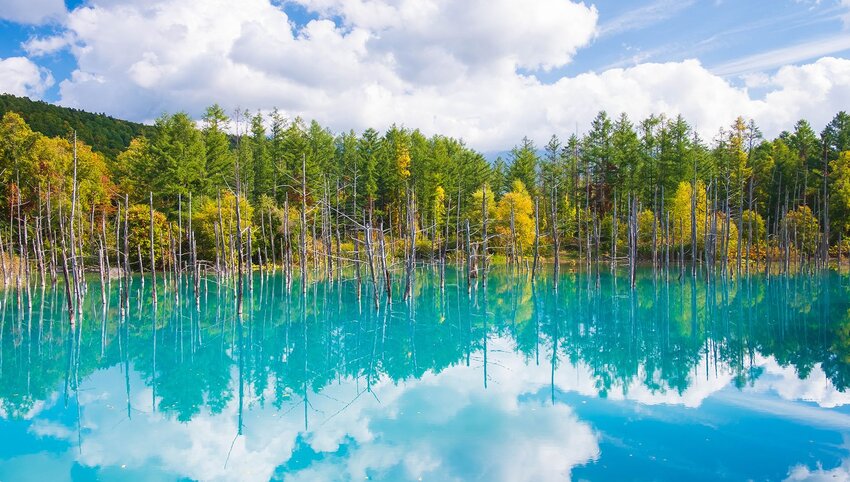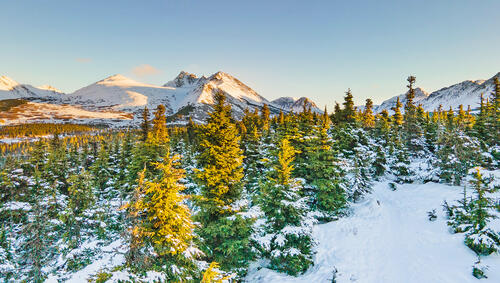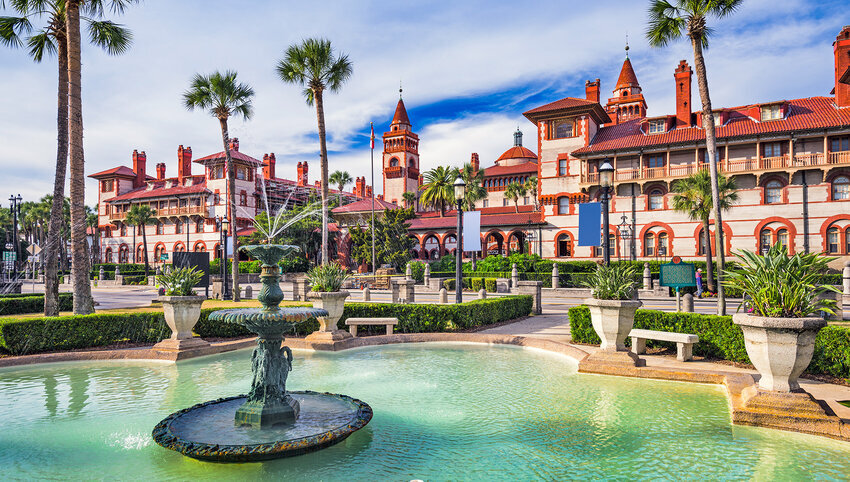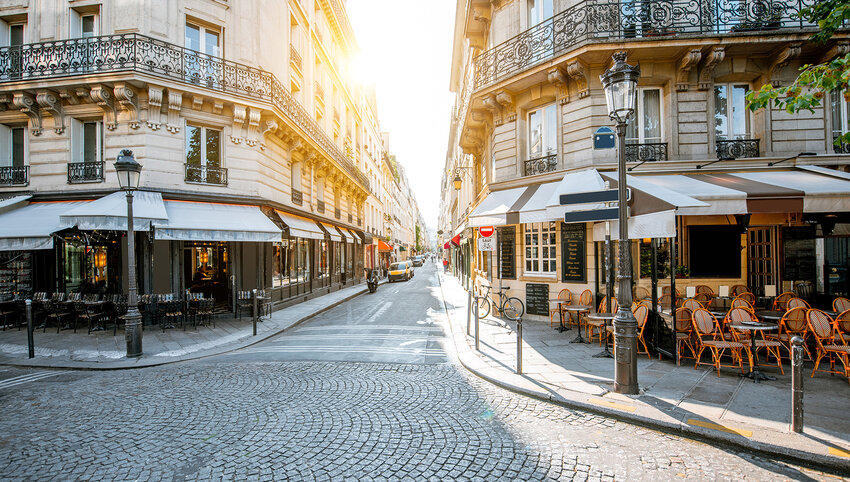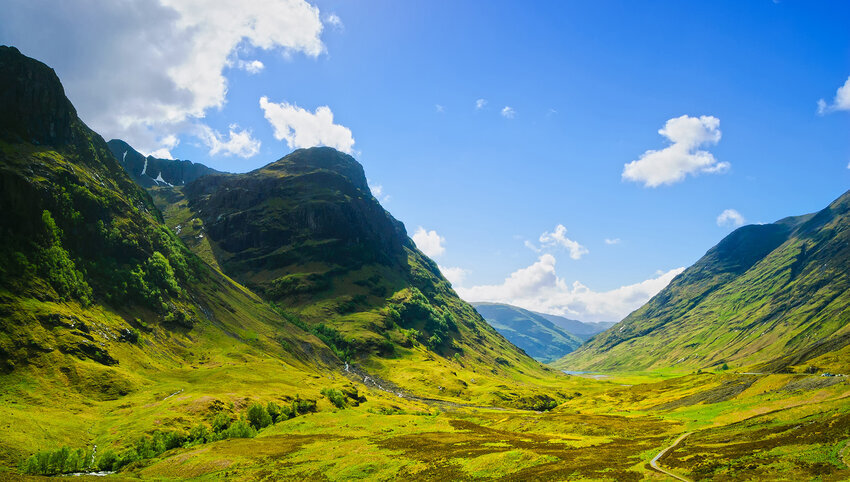When we think of traveling to Japan, most likely we picture its great, sprawling cities. After all, no trip to this vibrant Asian nation would be complete without experiencing Kyoto’s historic temples or admiring the modern backdrop of sleek glass and steel skyscrapers in Tokyo. But there’s another side to Japan. According to Shinto belief, sacred spirits can be found in the country's mountains, forests, rivers, and lakes. As a result, getting out into the countryside is every bit as important to understanding what makes this place tick as spending time in its urban areas. So don’t pass up the opportunity to discover rural Japan – here are some suggestions for where to go and what to see.
Mount Fuji, Honshu
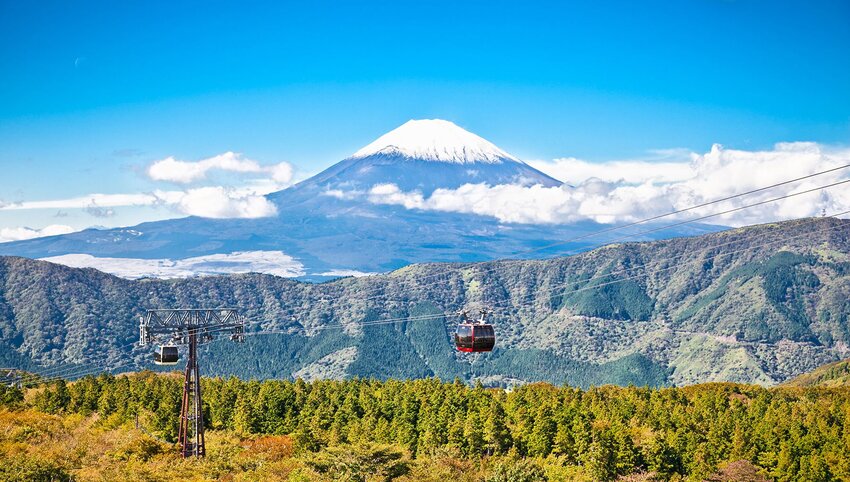
Iconic Mount Fuji can be seen from a passing shinkansen (bullet train) as you journey from Tokyo to Osaka, but this snow-capped volcano deserves a closer look. The volcano has been dormant for more than three centuries and its almost perfect cone shape makes it one of Japan’s top visitor destinations. Hiking trails to the summit are open from July to mid-September. Hang around and explore the wider Fuji-Hakone-Izu National Park, littered with hot springs. Five magnificent crater lakes – Kawaguchiko, Saiko, Shojiko, Yamanakako and Motosuko – make ideal bases for camping, hiking, fishing, and water sports as you take in that extraordinary view. Don’t rule out a winter trip, as visibility tends to be better in the colder months, and you can ski and snowboard at Fujiten Snow Resort and Snowtown Yeti.
Shirakawago and Gokayama, Honshu
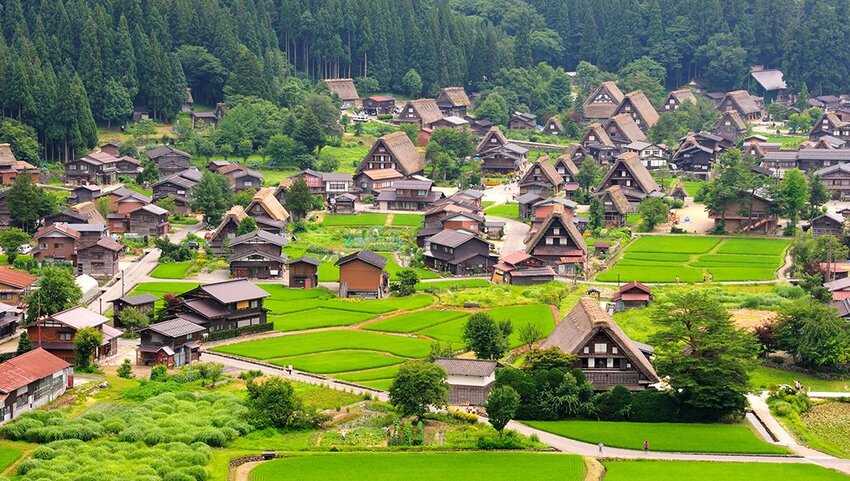
Travelers come to the mountainous Chubu region of central Japan to see its unique thatched farmhouses known as gassho-zukuri. The steep pitch of their roofs was designed to cope with heavy winter snowfalls and created a spacious loft that was ideal for rearing silkworms. Very few of these houses survive but you’ll find examples in Shirakawago and Gokayama. The UNESCO-listed villages of Ogimachi, Ainokura, and Suganuma were isolated enough to escape redevelopment and some of the farmhouses you see there are more than 250 years old. By day, tour the open-air museum in Ogimachi and take in the view of the valley from the Shiroyama overlook. Some gassho-zukuri have been converted into minshuku (traditional Japanese guesthouses) where you sleep on futons and eat while seated on tatami mat floors.
Blue Pond, Hokkaido
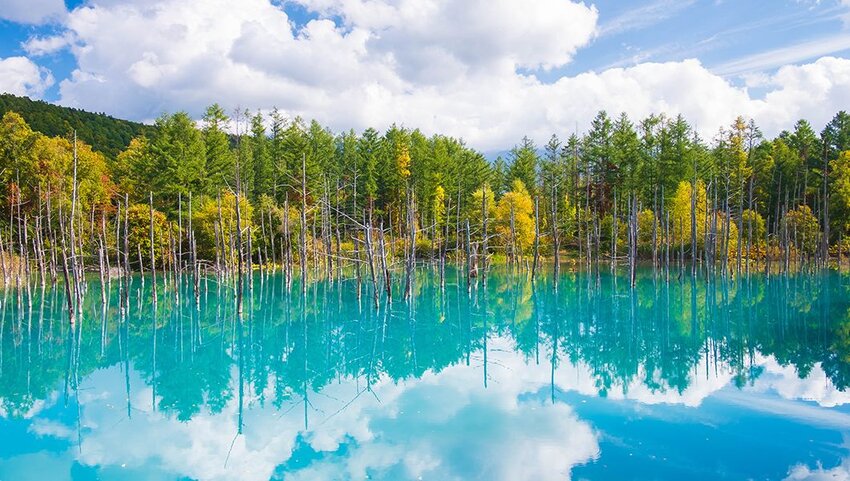
Head north to Hokkaido Island to see the Blue Pond (Aoiike), a spectacular turquoise lake lined with submerged Japanese larch and silver birch trees. Visitors are sometimes surprised to learn that the lake is manmade. When Mount Tokachi erupted in 1988, concerns were raised that a volcanic mudflow could swamp the nearby town of Biei with potentially disastrous consequences. Blue Pond formed part of the solution, halting the mudflow’s advance. Even the color isn’t thought to be natural: the vivid hue is the result of colloidal aluminum hydroxide in the water. Nevertheless, it’s a short but pleasant stroll through the forest to enjoy the scenery. Pick a calm day when the surrounding trees are reflected in the water or come on a winter evening to see the pool lit up.
Takachiho Gorge, Kyushu
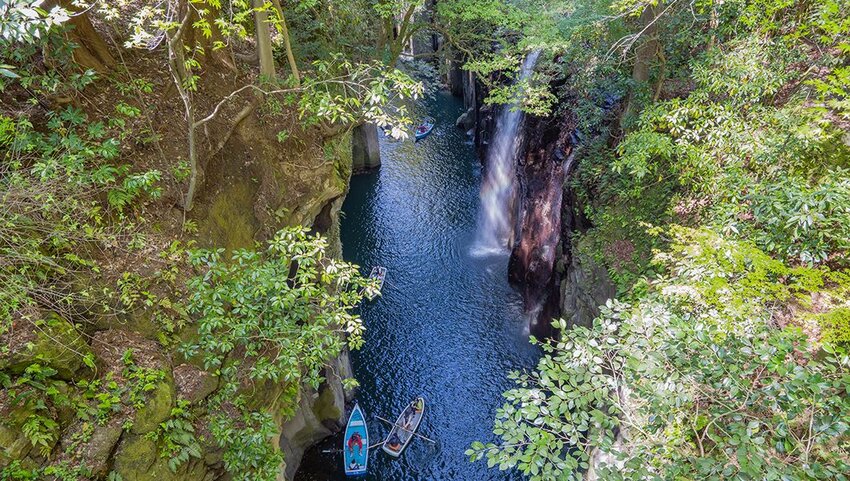
Located on Japan’s third-largest island, Takachiho Gorge is a narrow basalt canyon. Impressive basalt columns flank the Gokase River, the result of past eruptions of nearby Mount Aso and many centuries of erosion. Hire a wooden boat and row along the calm water to get the full effect of their height. One of the outstanding sights is Manai Falls, where water pours over a 17-meter-high sheer rock face down to the river below. The combination of the dark walls, turquoise water, and the rainbows that often form in the spray make it especially photogenic. Follow the hiking trail that runs along the edge of the gorge and get a different perspective as you step out onto the Mihashi Bridge overlooking the waterfall.
Iya Valley, Shikoku
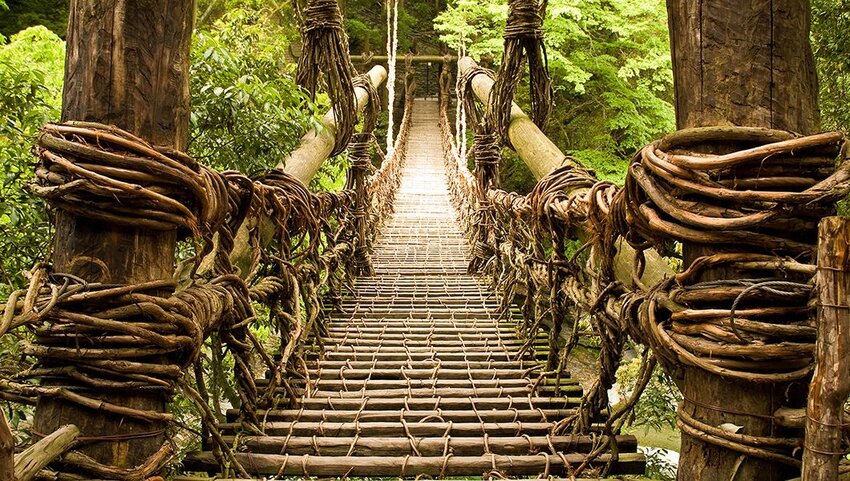
Shikoku Island is famous for its vine bridges. It’s thought they were originally used by the Taira Clan; in the event of an attack, they would flee into the nearby forests, cutting the vines behind them so that no one could follow. In Iya Valley, three of the original 13 bridges, known as kazurabashi, still exist. Husband Bridge (Otto no Hashi) is a 44-meter-long suspension bridge whose vines now conceal hidden steel cables for health and safety reasons. Wife Bridge (Tsuma no Hashi) is constructed in the same way but is about half as long. Beside it is Wild Monkey Bridge; this wooden cart suspended on a rope would have once transported goods across the river. While you’re in the area, pay a visit to Biwa waterfall. In summer, it’s a great place to have a swim, not least for the chance to look at the underside of the bridge.
Iriomote-Ishigaki National Park, Okinawa
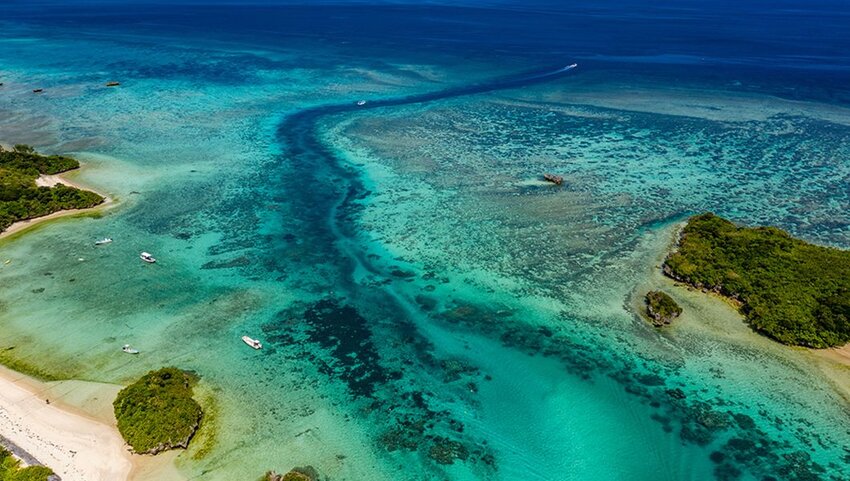
Iriomote-Ishigaki National Park is the southernmost national park in Japan, comprising sub-tropical islands, mangrove forest, and coral-rich seas teeming with fish. Sea turtles lay their eggs on Iriomote Island which is also home to other wildlife such as the Iriomote cat, Kishinoue’s giant skink and the crested serpent eagle. Another highlight is Ishigaki Island, home to one of the world’s oldest communities of blue corals. Kabira Bay is one of only two places in Japan where black pearls are cultivated, which means that although the water looks inviting, swimming isn’t allowed. Take a stroll along the beach instead or take a ride on a glass-bottomed boat. Afterward, walk up to the Kabira Park Observation Deck to enjoy panoramic views over the bay and surrounding islets.

